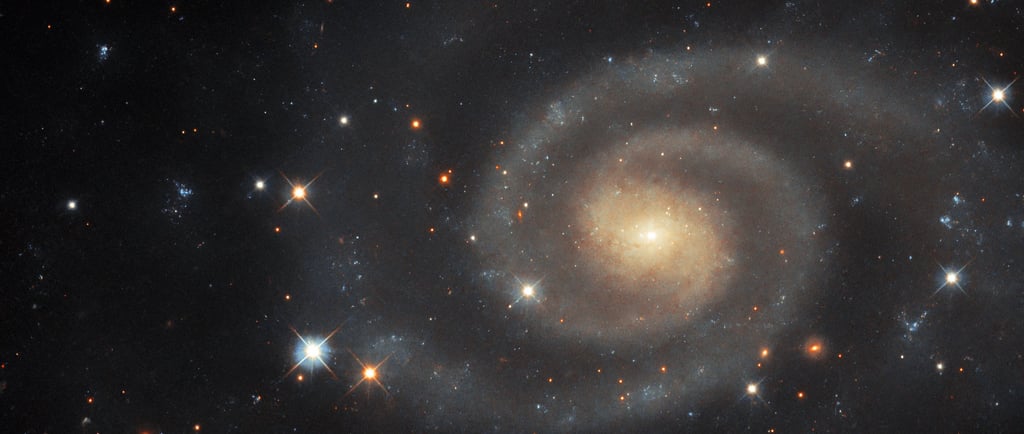UGC 11105: A Glimpse into a Nearby Spiral Galaxy


Introduction to UGC 11105
UGC 11105 is a fascinating spiral galaxy located approximately 109 million light-years away in the Hercules constellation. This galaxy offers a unique opportunity for astronomers and enthusiasts alike to study its structure, composition, and the phenomena associated with such celestial bodies. Its relatively close proximity to Earth allows for deeper investigation and understanding of the universe.
Identifying Characteristics
One of the notable features of UGC 11105 is its apparent magnitude of around 13.6 in visible or optical light. This brightness level makes it challenging yet exciting for amateur astronomers to observe, as it requires the use of advanced telescopes. The galaxy's spiral structure is typical of many galaxies in the universe, characterized by well-defined arms that extend outward, influencing the star formation processes within. Observations of UGC 11105 have revealed much about the conditions conducive to the development of stellar populations.
The Importance of Studying Nearby Galaxies
Understanding galaxies like UGC 11105 is vital for several reasons. Firstly, they serve as laboratories for astrophysical research, allowing scientists to test theories regarding galaxy formation and evolution. The proximity of UGC 11105 means that it provides a clearer view of the intricate details of its structure compared to more distant galaxies. Studying such galaxies enhances our knowledge about the distribution of dark matter, stellar dynamics, and the processes that govern galaxy interactions.
Moreover, UGC 11105 offers insights into the larger cosmic tapestry, contributing to our understanding of the universe's expansion. As we observe and measure properties of relatively nearby galaxies, we can draw substantial conclusions about the behavior of more distant ones.
In conclusion, UGC 11105 stands as a significant subject in the study of galactic structures. Its unique properties and the wealth of knowledge it can unveil make it a critical focus for both professional astronomers and astrophysics enthusiasts. The continued observation and study of these nearby galaxies not only enrich our scientific endeavors but also deepen our connection to the cosmos.
